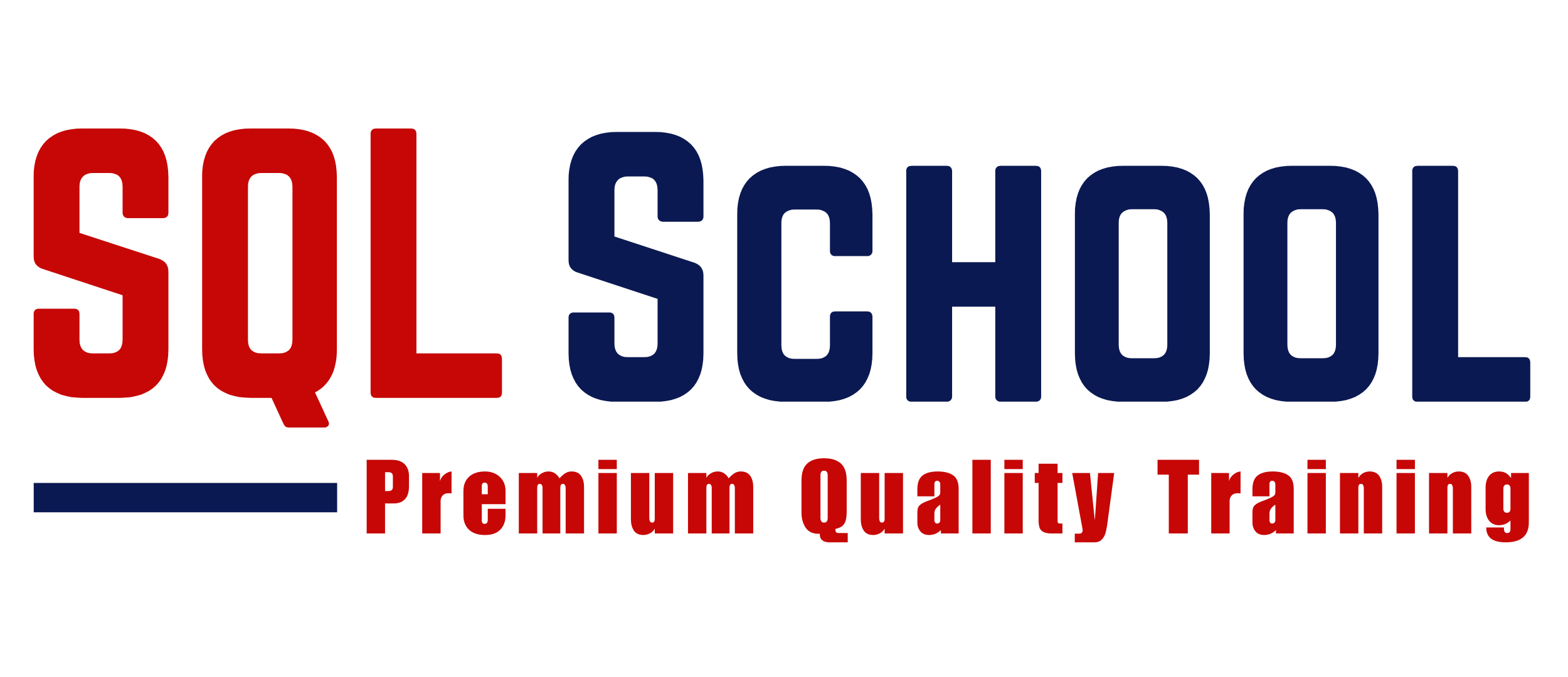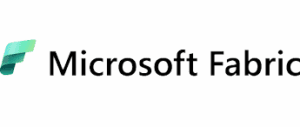Fabric Data Engineering
What is Faric Data Engineering?
Fabric Data Engineering is the process of designing, developing, and managing data workflows using Microsoft Fabric. It is a unified data platform that combines and handles everything from data ingestion, massive-scale data pipelines to business intelligence in a single interface. In simple words we can say in Fabric Data Engineering we perform ETL and ELT also Data visualization in single platform Microsoft Fabric. Here are some of the most important tools in Microsoft Fabric used for Data Engineering.
- Fabric Data Factory
- Fabric Warehouse
- Fabric Lakehouse
- Fabric Streamhouse
- Fabric Synapse
- Dataflow Gen1 and Dataflow Gen2
- PySpark
Let’s get to know about each of them.
 Fabric Data Factory
Fabric Data Factory
Fabric Data Factory is a data integration tool within Microsoft Fabric designed for building scalable ETL or ELT pipelines. It allows users to ingest, transform, and orchestrate data using a visual, no-code interface. Fabric Data Factory supports connections to various data sources, enabling seamless movement of data into Lakehouse or Warehouse. It combines the ease of Power Query with the power of Data Factory pipelines. Ideal for data engineers, it simplifies complex workflows in a unified analytics platform.
Fabric Warehouse
Fabric Warehouse is a high-performance, cloud-based data warehousing solution in Microsoft Fabric. It enables structured data storage, fast querying, and analytics using T-SQL. Built on a distributed architecture, it ensures scalability and efficiency for large-scale enterprise workloads. Fabric Warehouse integrates seamlessly with Lakehouse, Data Factory, and Power BI. It is ideal for business analysts and data engineers needing real-time insights and reliable data storage.
Fabric Lakehouse
Fabric Lakehouse is a unified analytics platform in Microsoft Fabric that combines the flexibility of a data lake with the structure of a data warehouse. It allows data engineers to store structured and unstructured data in OneLake and perform advanced analytics using Spark and SQL engines. The Lakehouse supports Delta format for versioned data, enabling ACID transactions. It seamlessly integrates with Power BI for real-time visualization. Ideal for big data workloads, it supports ETL, machine learning, and AI use cases
Fabric Streamhouse
Fabric Streamhouse is a powerful real-time analytics component in Microsoft Fabric designed to process streaming data from sources like IoT devices, logs, and applications. It allows users to build end-to-end streaming pipelines using no-code or low-code interfaces. With built-in support for event hubs and real-time dashboards, it enables immediate insights and actions. Stream House integrates seamlessly with other Fabric components like Lakehouse and Data Factory. It’s ideal for scenarios requiring continuous data ingestion, transformation, and analysis.
Fabric Synapse
Microsoft Fabric Synapse is an integrated analytics platform that unifies data ingestion, preparation, and analysis at scale.
It brings together big data and data warehousing capabilities into a single experience.
Synapse supports SQL, Spark, and Data Explorer runtimes for various data workloads.
It enables real-time analytics with seamless integration across Lakehouse, Warehouse, and Power BI.
Fabric Synapse simplifies complex data workflows and empowers data engineers with end-to-end analytics pipelines.
Dataflow Gen1 and Dataflow Gen2
Dataflow Gen1 and Dataflow Gen2 are Microsoft Fabric tools for data transformation using Power Query.
Gen1 is built on Power BI and is ideal for lightweight ETL processes with limited scalability.
Gen2, part of Microsoft Fabric, offers enhanced performance, pipeline orchestration, and support for larger, enterprise-scale data operations.
Gen2 supports direct integration with Lakehouse, Data Factory, and notebooks for end-to-end workflows.
Both enable visual, low-code data wrangling but Gen2 is better suited for modern data engineering needs.
PySpark
In Fabric Data Engineering, PySpark plays a vital role in scalable data transformations and distributed computing.
It enables developers to write ETL pipelines and process large datasets using Spark’s parallel processing within the Fabric ecosystem.
PySpark is integrated with Fabric tools like Lakehouse and Notebooks for advanced data engineering workflows.
It supports reading/writing from Fabric data sources like Delta Tables and performing complex transformations efficiently.
Fabric’s managed environment simplifies PySpark execution, reducing infrastructure overhead for data engineers.
Step-by-Step Data Engineer Workflow with Microsoft Fabric
1. Ingest Data (Fabric Data Factory)
2. Prepare and Clean Data (Dataflow Gen1 / Gen2)
3. Store and Manage Data (Fabric Lakehouse (for big data / unstructured data) | Fabric Warehouse (for structured, tabular SQL data))
4. Real-Time Data Processing (Fabric Streamhouse)
5. Transform and Enrich Data (PySpark (inside Notebooks or Lakehouse))
6. Analytics and BI (Fabric Synapse + Power BI)
Job roles based on Fabric Data Engineeering
1. Data Engineer
2. Big Data Engineer
3. ETL Developer
4. Cloud Data Engineer
5. Data Architect
6. Machine Learning Engineer (with Data Engineering Background)
7. Analytics Engineer
🎓 Ready to Build a Future-Proof Career in Data Engineering with Microsoft Fabric?
Join SQL School — India’s most trusted real-time training platform for Fabric Data Engineering.
✅ Learn Microsoft Fabric step-by-step: Data Factory, Lakehouse, Synapse, and Power BI
✅ Work on real-time ETL pipelines, AI-powered dataflows, and cloud warehouse solutions
✅ Master PySpark, Delta Lake, Dataflow Gen2, and more with hands-on cloud labs
✅ Prepare for in-demand certifications like DP-700 and DP-600
📞 Call Now: +91 96666 40801 or
🌐 Visit: www.sqlschool.com to Book Your FREE Demo Session!
SQL School – Your Real-Time Launchpad to Fabric-Powered Data Engineering Excellence.

 Fabric Data Factory
Fabric Data Factory